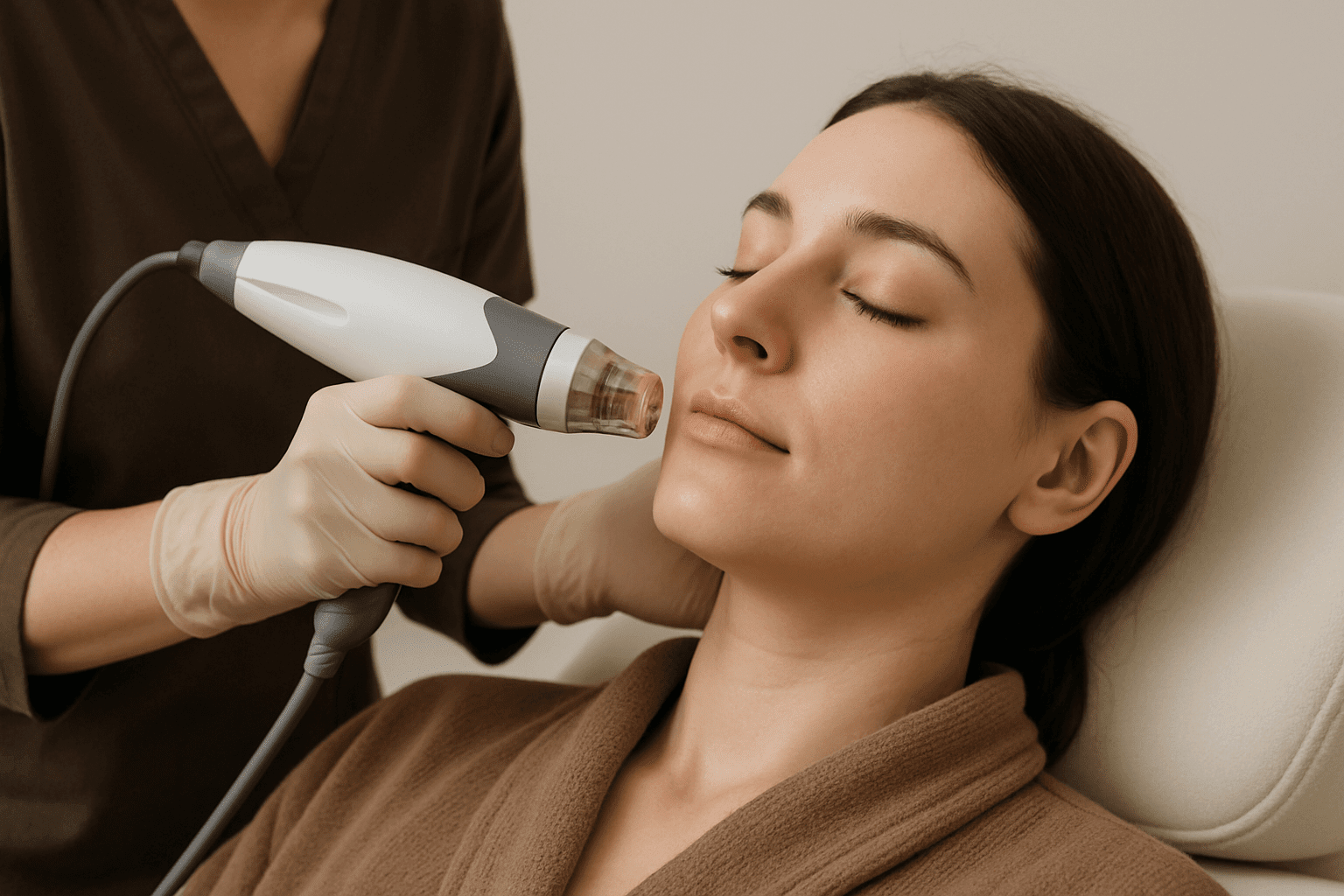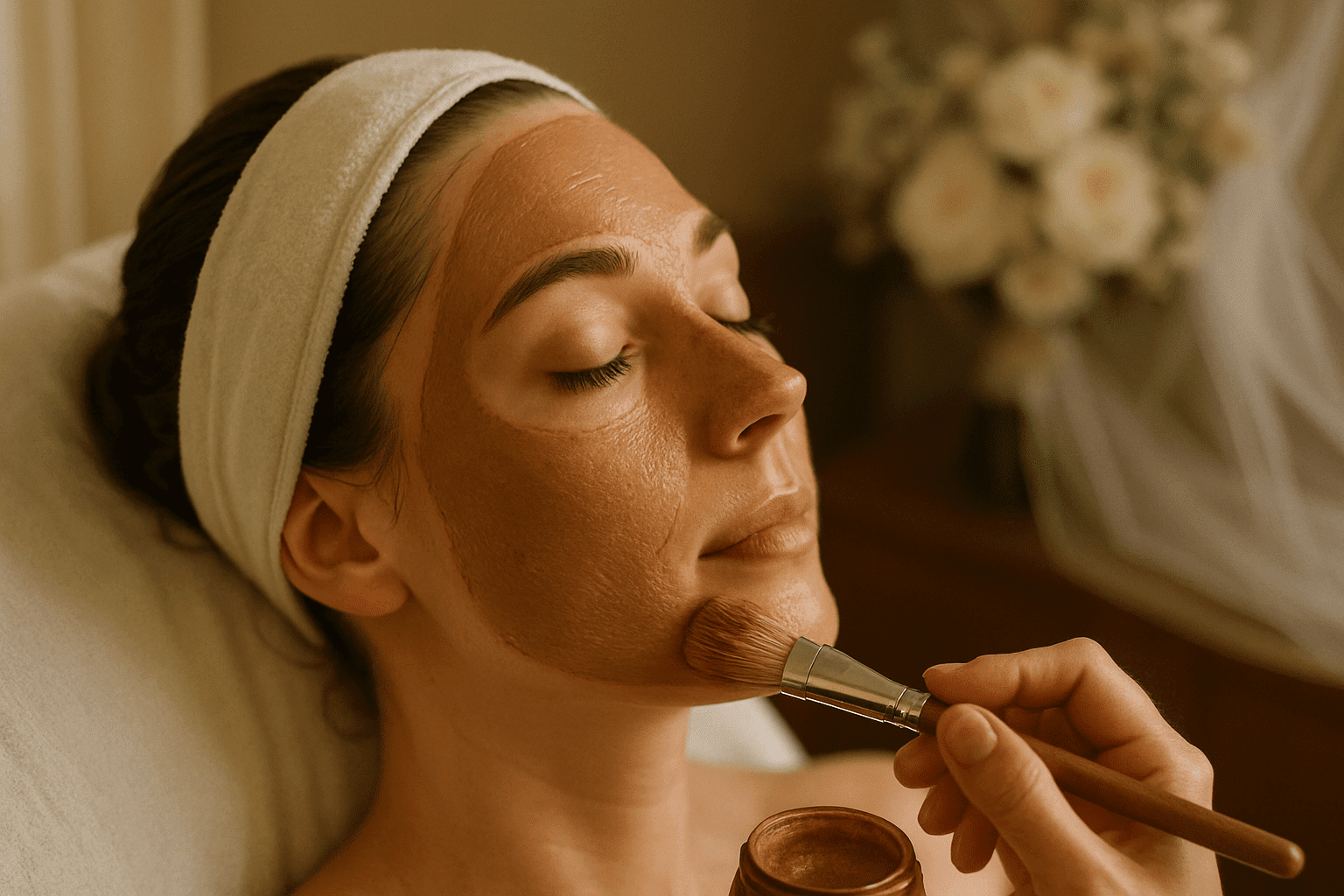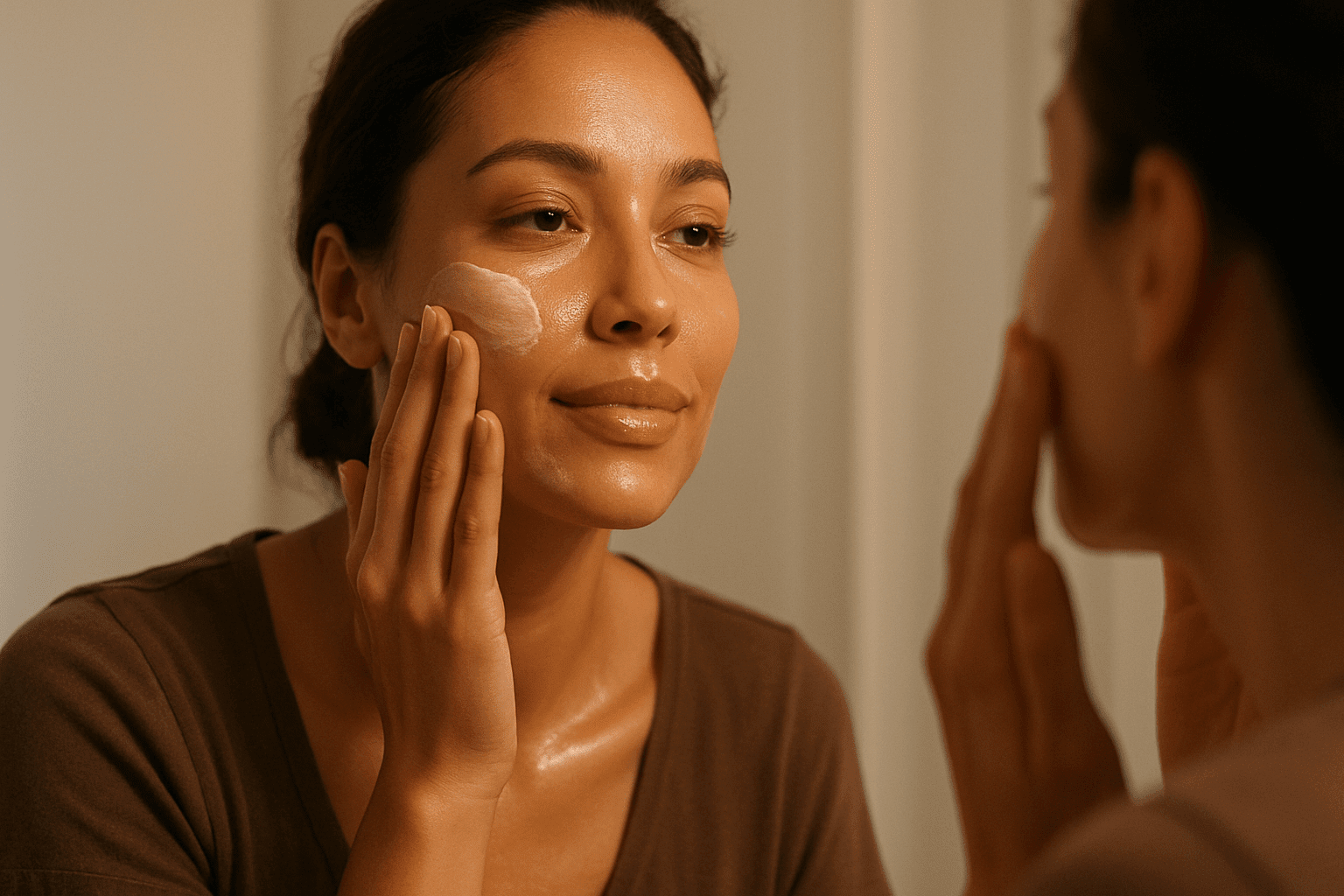When most people hear “Botox,” they immediately think of wrinkle-smoothing magic. But did you know Botox has a range of medical uses beyond aesthetics? From treating chronic migraines to reducing excessive sweating and even easing muscle spasms, Botox is proving to be a game-changer in the medical field.
If you thought Botox was just about looking younger, it’s time to look deeper. This blog will break down the science, benefits, and surprising ways Botox is improving lives.
TLDR – Quick Guide
- Botox is more than a cosmetic treatment – It’s FDA-approved for migraines, excessive sweating (hyperhidrosis), muscle spasms, and more.
- Medical Botox works by blocking nerve signals that trigger pain, sweat, and muscle contractions.
- It’s a non-invasive solution with long-lasting results (typically 3-6 months per treatment).
- Insurance may cover Botox treatments for medical conditions like migraines and excessive sweating.
- Always choose a qualified professional to ensure safe and effective results.
Botox Beyond Wrinkles: The Surprising Uses
1. Botox for Chronic Migraines
Chronic migraines are debilitating, affecting over 39 million Americans. The FDA approved Botox for migraines in 2010 after studies showed it could reduce headache frequency.
How it works:
- Botox is injected into specific areas of the head and neck.
- It blocks neurotransmitters that transmit pain signals.
- Over time, it reduces the number and severity of migraine attacks.
The results:
- Patients report up to a 50% reduction in migraine days per month.
- Effects last about 12 weeks before a follow-up treatment is needed.
Botox for migraines is often covered by insurance if other treatments have failed.
2. Botox for Excessive Sweating (Hyperhidrosis)
If you struggle with uncontrollable sweating, Botox may be your solution. It’s FDA-approved for treating hyperhidrosis, particularly in the underarms, hands, feet, and face.
How it works:
- Botox blocks the nerve signals that activate sweat glands.
- The result is significantly reduced sweating in treated areas.
The results:
- Effects last about 4-6 months.
- Patients typically experience a 82-87% reduction in sweating after treatment.
If prescription antiperspirants or medications haven’t worked, Botox could be a life-changing option.
3. Botox for TMJ and Jaw Pain
Temporomandibular joint disorder (TMJ) causes jaw pain, teeth grinding, and even headaches. Botox is an effective, non-surgical treatment for relieving tension in the jaw muscles.
How it works:
- Botox relaxes the overactive jaw muscles.
- It reduces teeth grinding (bruxism) and jaw clenching.
- Patients report less pain and tension within a few days of treatment.
This is especially helpful for those who don’t respond well to night guards or traditional TMJ therapies.
4. Botox for Eye Twitching & Strabismus
Botox was originally developed to treat eye muscle disorders like strabismus (crossed eyes) and blepharospasm (uncontrollable eye twitching).
How it works:
- Botox relaxes the muscles responsible for twitching or misalignment.
- It can help correct eye positioning and reduce spasms.
Patients with chronic eye twitching often see improvement within days, with results lasting up to 3 months.
5. Botox for Overactive Bladder
An overactive bladder can be disruptive, causing frequent urges to urinate. Botox injections into the bladder muscle can help control this condition.
How it works:
- Botox relaxes the bladder muscle, reducing involuntary contractions.
- This leads to fewer sudden urges and bathroom trips.
The results:
- Studies show that 70-80% of patients experience improvement in bladder control.
- Effects last around 6 months before needing a retreatment.
Botox for overactive bladder is often covered by insurance for those who don’t respond to other treatments.
Key Takeaways
- Botox isn’t just for wrinkles – it has powerful medical benefits.
- It’s FDA-approved for migraines, excessive sweating, TMJ, overactive bladder, and more.
- Treatment effects last between 3-6 months.
- Many medical Botox treatments are covered by insurance.
- Always get Botox from a qualified professional to ensure safety and effectiveness.
Considering Botox beyond wrinkles? Schedule a consultation with Skincare Institute to learn how it can help you.
FAQs
1. Is Botox for migraines covered by insurance?
Yes, most insurance plans cover Botox for migraines if the patient has tried and failed other preventive treatments.
2. How long does Botox last for excessive sweating?
Results typically last 4-6 months, after which a follow-up treatment may be needed.
3. Does Botox for TMJ change your face shape?
In some cases, repeated Botox treatments can slim the jawline due to muscle relaxation, but it does not drastically alter face shape.
4. Are there side effects of medical Botox?
Common side effects include mild bruising, temporary weakness in the treated muscles, and slight discomfort at the injection site. Serious side effects are rare when administered by a professional.
5. How soon will I see results from Botox for medical conditions?
For most conditions, results appear within 3-10 days, with full effects seen in about 2 weeks.




